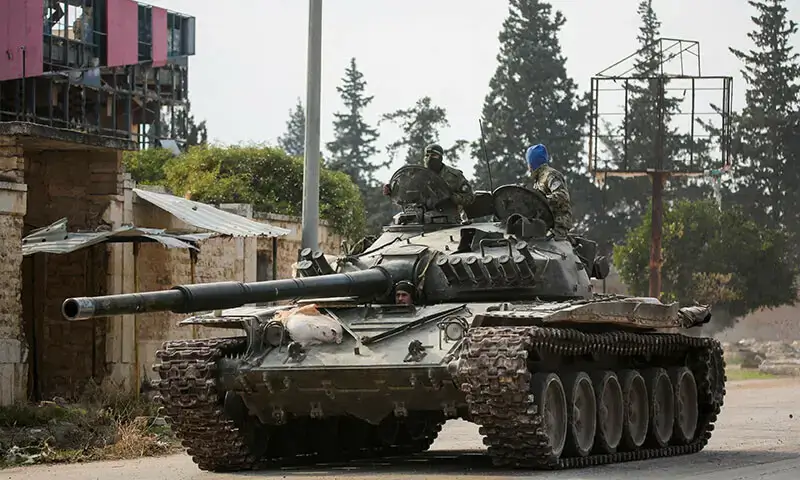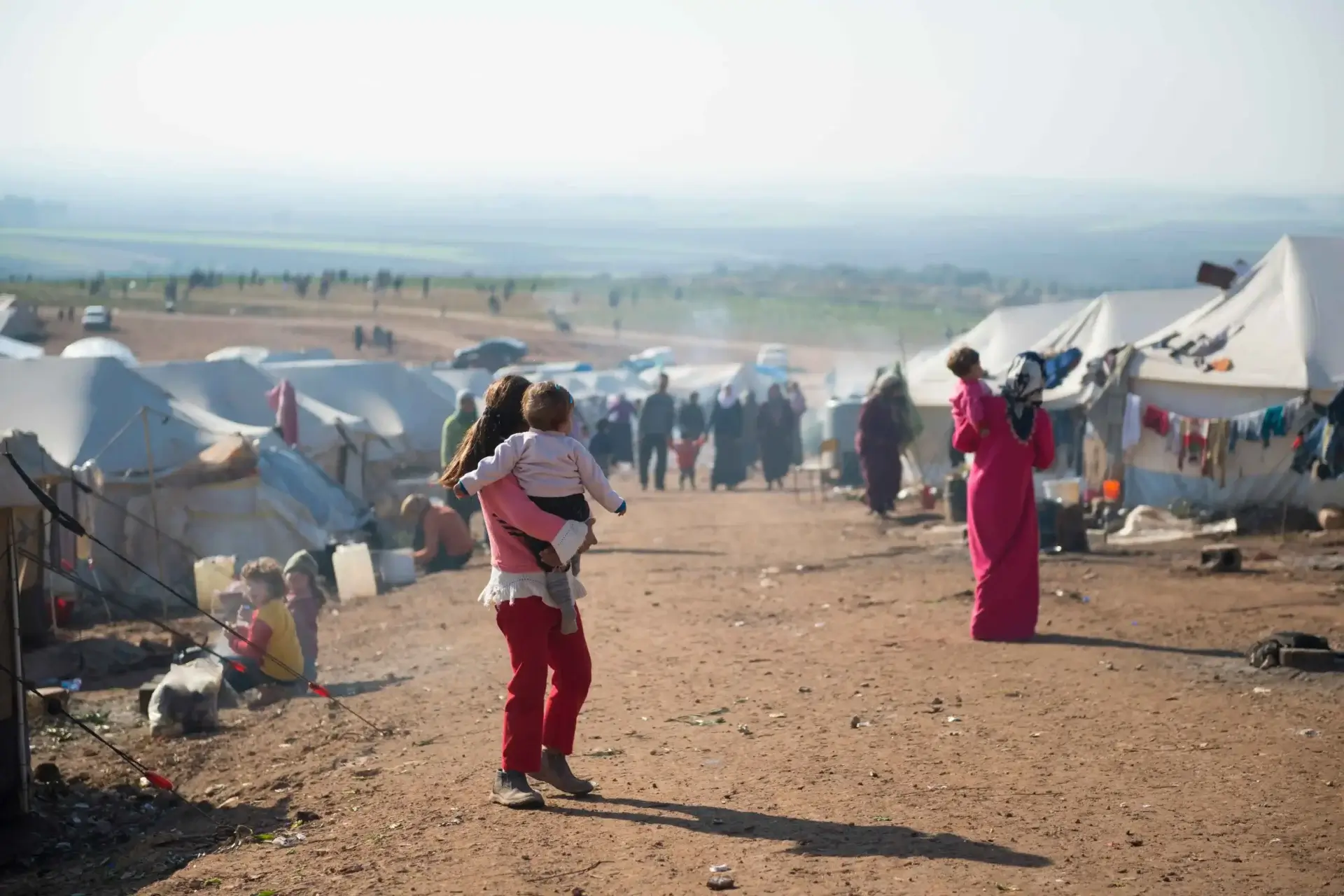Swift Offensive Reshapes Hama and the Syrian Battleground
An important development in the continuing civil war occurred Thursday when Hayat Tahrir al-Sham (HTS)-led Syrian opposition forces took control of the important town of Hama. The group has recently taken control of Aleppo, Syria’s commercial Centre, and this triumph is one of a string of swift victories. These events pose a serious threat to the forces of President Bashar al-Assad, who have had difficulty holding onto power in strategic areas of the nation.
The 13-year-old Syrian war has received fresh attention as a result of HTS’s attack. The collapse of Hama highlights how the war’s dynamics are changing and casts doubt on the Assad regime’s capacity to hold onto power in central Syria.
Key Developments in Hama
The capture of Hama unfolded in dramatic fashion, with rebel forces executing a well-coordinated assault:
- Rebels stormed Hama from multiple directions after intense overnight clashes.
- HTS fighters seized key infrastructure and released inmates from the city’s prison, a symbolic and strategic move.
- The Syrian army, after days of heavy resistance, officially acknowledged losing control of the city, a significant blow to their defensive strategy.
Rebel forces have essentially crippled the government’s military and administrative functions in the region by using their momentum in this onslaught.
Hama: Context and Significance
In Syria’s protracted battle, Hama’s collapse represents a profoundly symbolic event rather than merely a tactical victory. Hama is strategically located at the intersection between Aleppo and Damascus. The Assad regime’s supply routes are disrupted by its capture, which also further isolates government forces in central Syria.
Historically, Hama has been a focal point of resistance. HTS leader Abu Mohammed al-Jolani referenced the infamous 1982 Hama massacre, where thousands were killed during a crackdown on the Muslim Brotherhood. By taking the city, HTS claims to address what they perceive as long-standing grievances against the Assad government.
Human Impact in Hama
Displacement and Civilian Experience
The human cost of the conflict remains devastating. The United Nations reports that over 115,000 people have been displaced in recent weeks, fleeing violence across Idlib and northern Aleppo.
People caught in the crossfire report terrifying encounters. Student Maya, 22, describes how her family has been living in continual anxiety. “The sounds of explosions never stop,” she continues. “We don’t know what tomorrow will bring.” Many locals are desperate and unsure about their future because of the continued violence and lack of basic essentials.
Humanitarian agencies have struggled to provide aid, with many areas inaccessible due to ongoing fighting.
Military Dynamics in Hama
Rebel Momentum
The success of HTS’s offensive can be attributed to several key factors:
- weak government opposition, made worse by Assad’s forces’ declining morale.
- HTS’s excellent strategic coordination and organisational readiness.
- the possible diversion of Russia and Hezbollah, two of Assad’s most important friends, who might be concentrating on other geopolitical objectives.

Government Response
The Assad government has scrambled to respond to this crisis:
- In an attempt to raise morale, Assad declared a 50% pay raise for career soldiers.
- In an effort to stop the insurgents’ advance, Syrian and Russian air forces have conducted heavy strikes on regions controlled by the rebels.
- The effectiveness of the military convoys being sent from Damascus to halt the advance is still unknown.
International Concern Regarding Hama
Concern over the situation in Hama has been voiced by the world community. Human Rights Watch issues a warning about possible abuses by both government forces and opposition groups. The battle that many had assumed was coming to an end has been rekindled by the recent spike in violence, which is the most intense fighting since 2020.
Neighboring countries are also on edge, fearing further destabilization in the region. The influx of refugees and the resurgence of active conflict could have far-reaching consequences for regional security.
Future Uncertainty in Hama
Analysts believe the next phase of the conflict hinges on several factors:
- The Syrian government’s ability to regroup and launch a counteroffensive.
- The extent to which HTS can maintain its momentum and consolidate control over newly captured territories.
- The possibility of Damascus employing a “scorched-earth” strategy to reclaim lost ground.
According to Century Foundation senior analyst Sam Heller,
“The fall of Hama is a game-changer, but the long-term outcome depends on how both sides adapt to this new reality.”
The capture of Hama underscores the unpredictability of Syria’s civil war as events unfold. With ramifications that could influence the destiny of the nation and the stability of the area for years to come, it continues to be a focal point of the war for the time being.

